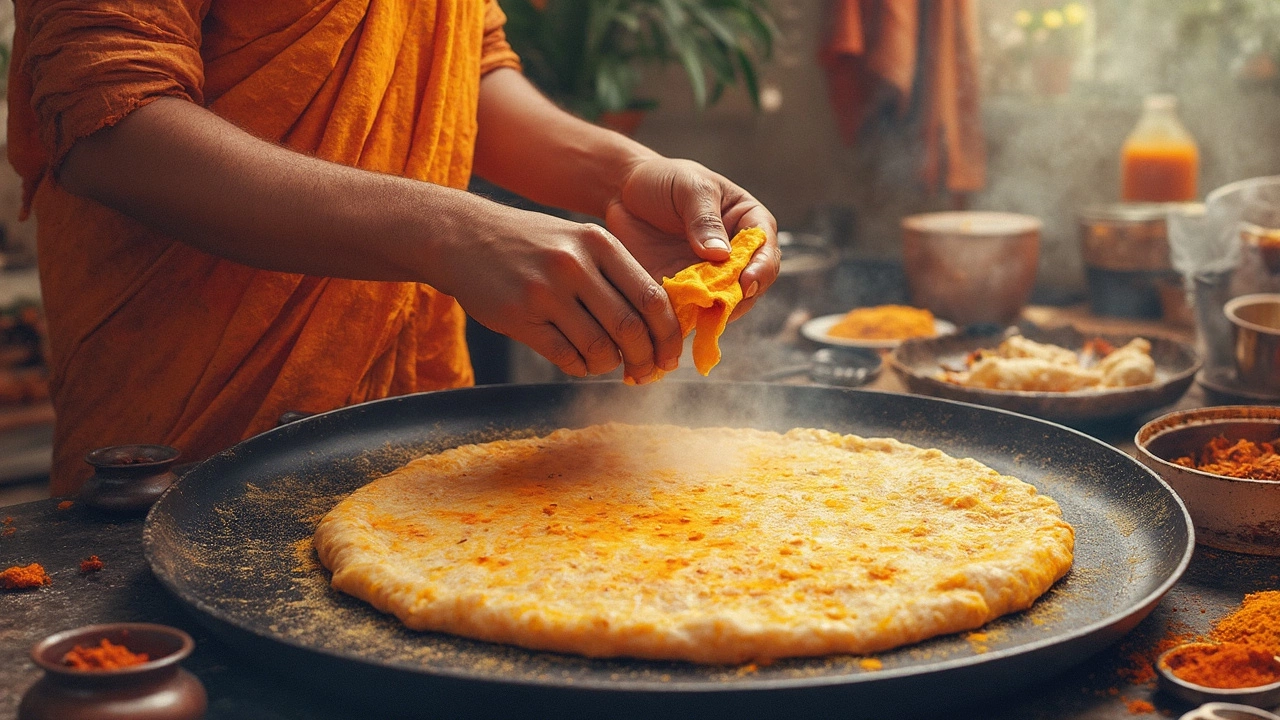Kitchen Chemistry: Everyday Science to Boost Your Cooking
Ever wonder why a pinch of salt can turn a bland sauce into something amazing? That’s kitchen chemistry at work. It’s just the same science you learn in school, but applied to pots, pans, and plates. Knowing a few simple reactions can save you time, improve flavor, and stop common cooking mishaps.
Stop the Bitter Bite
Bitterness shows up in coffee, dark greens, and some spices. The trick is to balance the taste, not to hide it. Add a small amount of sugar, honey, or a splash of acid like lemon juice. The sugar masks the bitter receptors, while the acid shifts the flavor profile. For extra control, try a pinch of salt – it dulls the bitter edge without making the dish salty.
If you’re dealing with bitter vegetables, blanch them quickly in boiling water, then shock them in ice water. The heat breaks down bitter compounds, and the cold stop the cooking, preserving color and crunch. A quick rinse after blanching also washes away any released bitterness.
Master Chutney Consistency
Chutney can be runny or too thick, and the lid you use matters. Cook the mixture with the lid off when you want to evaporate excess liquid and thicken it fast. Keep the lid on if you need a smoother, more uniform texture and want to prevent splatter. Stir frequently to avoid sticking, especially with thickening agents like jaggery or sugar.
Another tip: add a splash of vinegar or citrus at the end of cooking. The acidity not only brightens the flavor but also helps the chutney set nicely when it cools. If the chutney is still too thick after cooling, stir in a tablespoon of water or oil to loosen it without losing the punch.
These two examples—taming bitterness and fixing chutney texture—show how a little chemistry can solve everyday kitchen problems. The same ideas apply to bigger dishes too. Take biryani, for instance. The aromatic spices release volatile compounds when heated, creating the signature scent. Layering the rice and meat while keeping the pot sealed traps steam, letting the flavors meld together.
Want to make biryani taste even better? Sprinkle a few whole spices like black cardamom or cloves just before serving. The heat from the final steam burst releases fresh oils, adding a pop of flavor that powdered spice can’t match.
In short, think of your kitchen as a small lab. A pinch of salt, a splash of acid, or the right lid position can change the outcome dramatically. Try one tip today, notice the difference, and then experiment with another. Soon you’ll be mixing flavors like a pro, all thanks to a bit of kitchen chemistry.
Gas That Makes Roti Fluffy: The Secret to Perfect Puffiness
Ever wondered what makes roti puff up perfectly? It's not just the technique, but also the gas released during cooking that does the magic. Discover the role of carbon dioxide in making your roti fluffy. Plus, learn handy tips for achieving restaurant-quality puffiness at home every time you cook.
